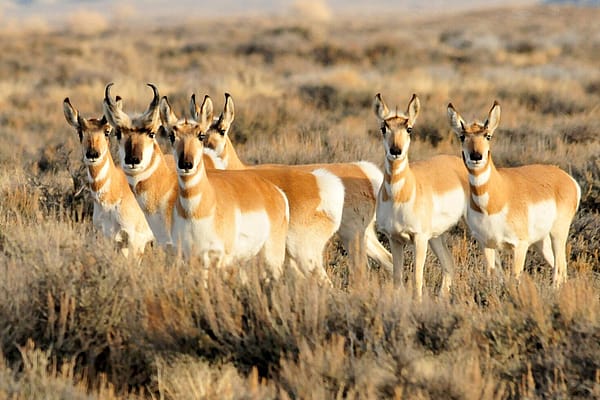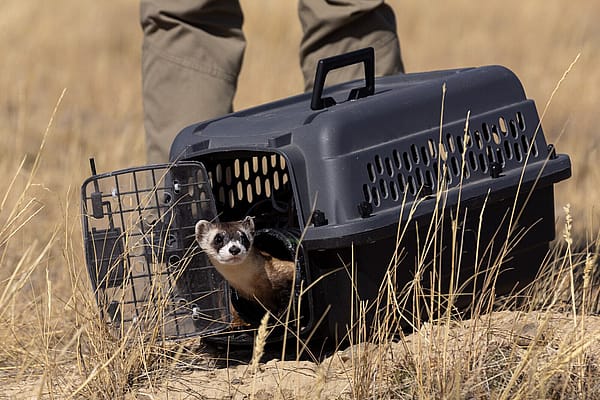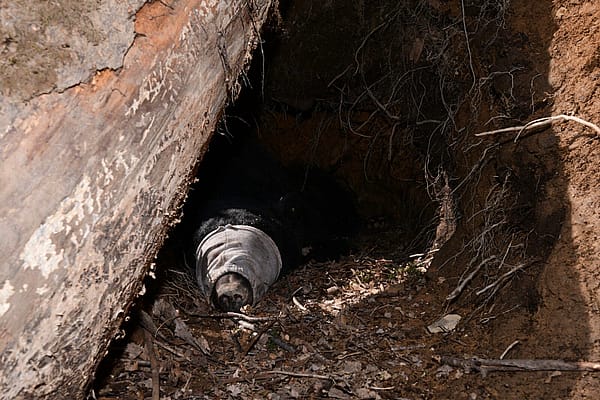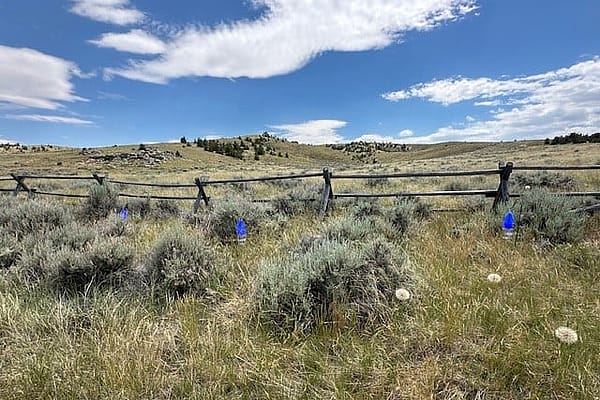
What is phenology and why does it matter?
The Draper Natural History Museum (Draper) is debuting a new monitoring project on the Paul Stock Nature Trail this summer. Staff and volunteers will be walking the trail weekly to document seasonal changes, known as phenology.
The term “phenology” can be traced to Charles Morren, a Belgian botanist who first used the term in an 1849 lecture at the Academy of Brussels. Although the term is less than two hundred years old, the act of studying seasonal changes is much older. Famously, the Japanese have been recording the timing of cherry blossom blooms since the 8th century. Worldwide, phenology has impacted the timing of cultural events such as festivals, holidays, and gatherings for centuries.
Studying seasonal changes—such as the first bloom, when leaves begin to change their colors in the fall, or when birds return or leave for migration—has big implications.
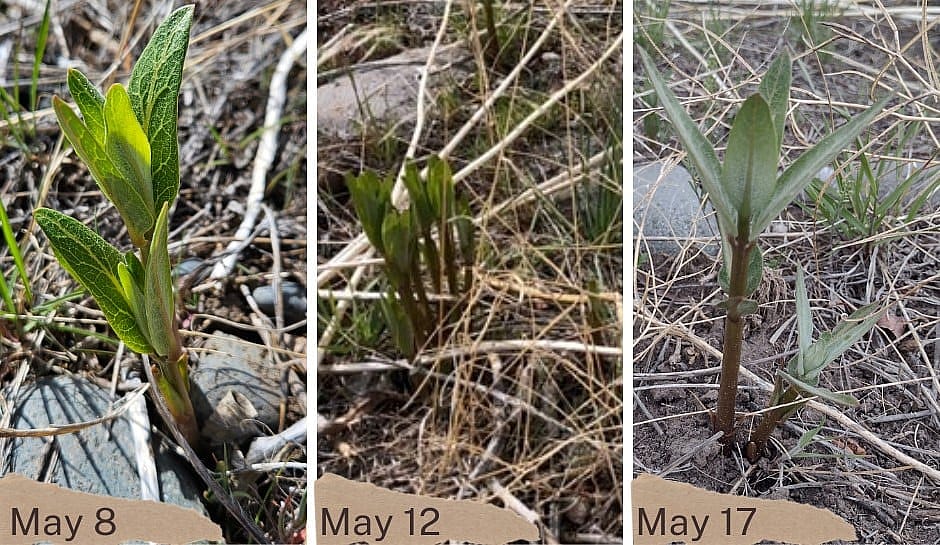
Take the flowering of plants for example. If over time, plants begin flowering earlier because of warmer temperatures, they could eventually get out of sync with the pollinators they depend on for reproduction. The pollinators will suffer without nutritious nectar and eventually, both the flower and the pollinator will begin to decline, possibly even facing extinction. In the United States alone, over 100 crops depend on pollination which means that phenological changes have economic impacts.
The study of phenology can also be used to combat invasive species. Cheatgrass, for example, is notoriously difficult to eradicate as seeds can survive in the soil for up to five years. The plant is extremely flammable, provides poor forage for wildlife and cattle, and out-competes native species. To combat cheatgrass, management techniques rely on phenology. By targeting the plant before it can produce seeds, managers increase the effectiveness of removal. This in turn can decrease fire risk on over 150,000 square miles in the Western United States where cheatgrass is the dominant form of vegetation.
Phenology even has implications for human health. About 26% of adults in the United States experience seasonal allergies. Studying the timing of pollen production can inform public health measures, such as when to start taking preventative medications.
Ten plants will be monitored on the Paul Stock Nature Trail including two non-native species: crested wheatgrass and the common dandelion. The data will be gathered using Nature’s Notebook, a national phenology monitoring organization run by the National Phenology Network and the United States Geological Survey (USGS), where it will be available for researchers throughout the world.
This project is also part of Wildflower Watch, a Wyoming-based phenology program run by The Nature Conservancy. Building on the research done by Frank Craighead (see our Naturalist Cabin exhibit for more on him), The Nature Conservancy has published papers showing that wildflowers in the GYE are blooming three weeks earlier than they did in the 1970s.
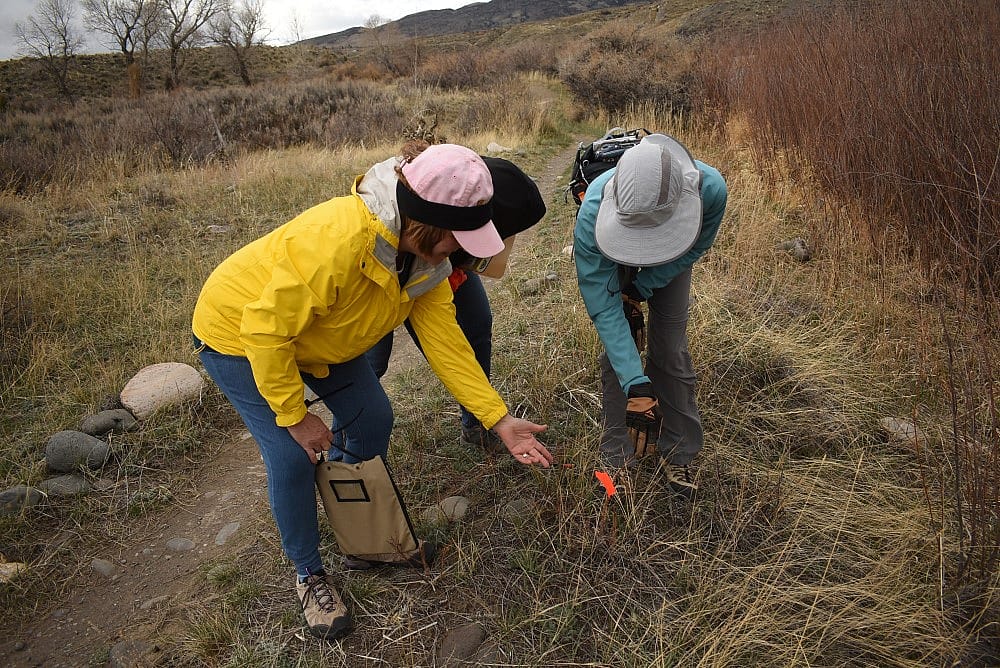
If you are interested in learning more about phenology and the diversity of flora in the GYE, consider attending the annual Wyoming Native Plants Society meeting. This year’s meeting will be held in Clark from June 16-18. You can register in advance of this conference here. Attendees can take workshops and sign up for field trips including a visit to the Draper Natural History Museum which will include a visit to our herbaria and a phenology walk on the Paul Stock Nature Trail.
Sources
https://usanpn.org/files/shared/files/USA-NPN_factsheet_March2011.pdf
Written By
Amy Phillips
Amy Phillips brings seven years of experience in the cultural heritage field to her position as Curatorial Assistant at the Center of the West's Draper Natural History Museum. She is the co-Principal Investigator on the “Bison of the Bighorn Basin” Project, which employs faunal analysis to learn about past bison ecology in the geographic Bighorn Basin using more than 100 bison crania sourced by community engagement. Amy also serves on the Society of American Archaeology Public Outreach Committee and as an appointed member of the Park County Historic Preservation Commission. She has research interests in the relationship between humans and their environments in the past and present, taphonomy, and bison ecology. Amy is currently pursuing her Master of Science in Cultural Resource Management, Archaeology from St. Cloud State University.





